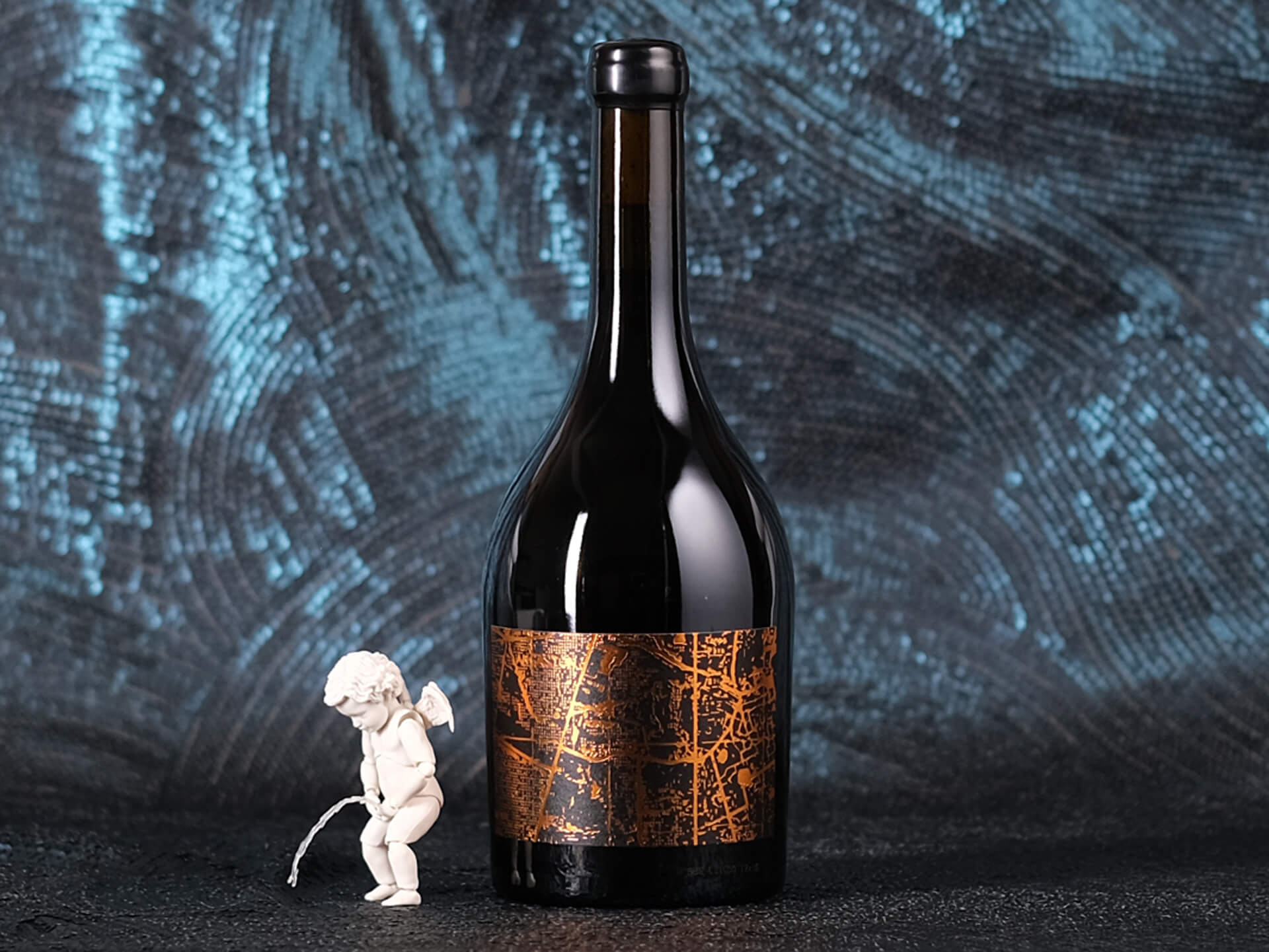JC’s Own gives Massena’s Jaysen Collins a chance to play with tiny batches of fruit from special sites, and often in unconventional ways. From 150-year-old vines, this is fermented all as whole bunches, resulting in a wine laced with evocative spice, orange peel and floral notes to accent the darkly mineral fruit expression.
Tasting note
There’s a growl of regional and old vine gravitas here, but that’s buoyed by a web of mineral and spicy detail, a spray of amaro herbs, dried orange rind, cassia and star anise, with a line of pretty red fruits and rose petals lilting in the background. That sense of place, with dark mineral notes is equally tempered on the palate with that medley of bright fruit, spice and some assertive but fine-grained tannin making this ultra-complex but also light on its feet.
Themes of this wine
Barossa
The Barossa is arguably Australia’s most revered wine region. It dwarfs many other fine wine regions for scale, while firmly maintaining a quality profile, with its distinctive style and character recognised worldwide. It is dripping in history, has far and away the largest resource of old and ancient vines in the country, and fifth- and sixth-generation growers and makers proliferate. It is fair to call it the cornerstone of Australian wine. It is the home of powerful red wines, established names making established styles, but there are also makers finding new meaning in the territory.
Grenache
The great grape of the Southern Rhône, grenache, has also found many homes around the world, from Spain, to Italy, to California, while Australia is home to the world’s oldest productive grenache vines, planted in 1948. Today, a renaissance is seeing the grape championed, with makers in McLaren Vale arguably turning out the most compelling examples.
Whole bunch
Yep, the whole thing. If you ferment with whole bunches, you’ll get a different result. The stems add more tannin, and tannin with a slightly different feel in the mouth to grape skin or oak tannin. You’ll also get some of those berries fermenting more or less whole, which yields a brighter fruit profile alongside a raft of spices.
Old vines
There’s no region in the wine world that has a greater appreciation for old vines that the Barossa does. So much so that they have created a regional charter to define the ages. Old Vines are 35–69 years, Survivor Vines 70–99 years, Centenarian Vines 100–124 years, and Ancestor Vines 125+ years. It’s a helpful scale, as a 150-year-old vine is going to produce very different fruit to one 35 years old. As vines get very old, their roots will have gone deep, often resulting in a greater sense of minerality, depending on site, while their ability to withstand vintage vagaries is much improved, drawing water from deep in the soil. They also become very low yielding, naturally regulating their production of grapes with increased concentration in the berries.



